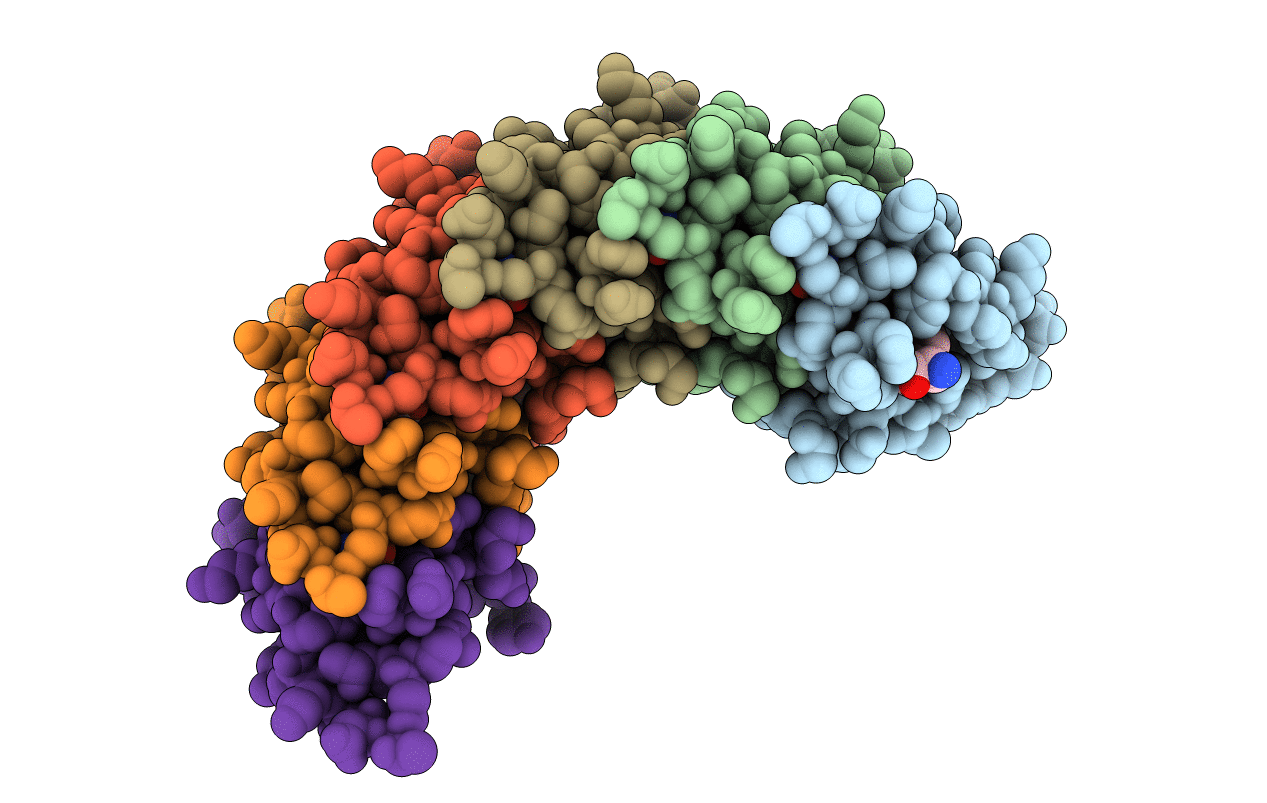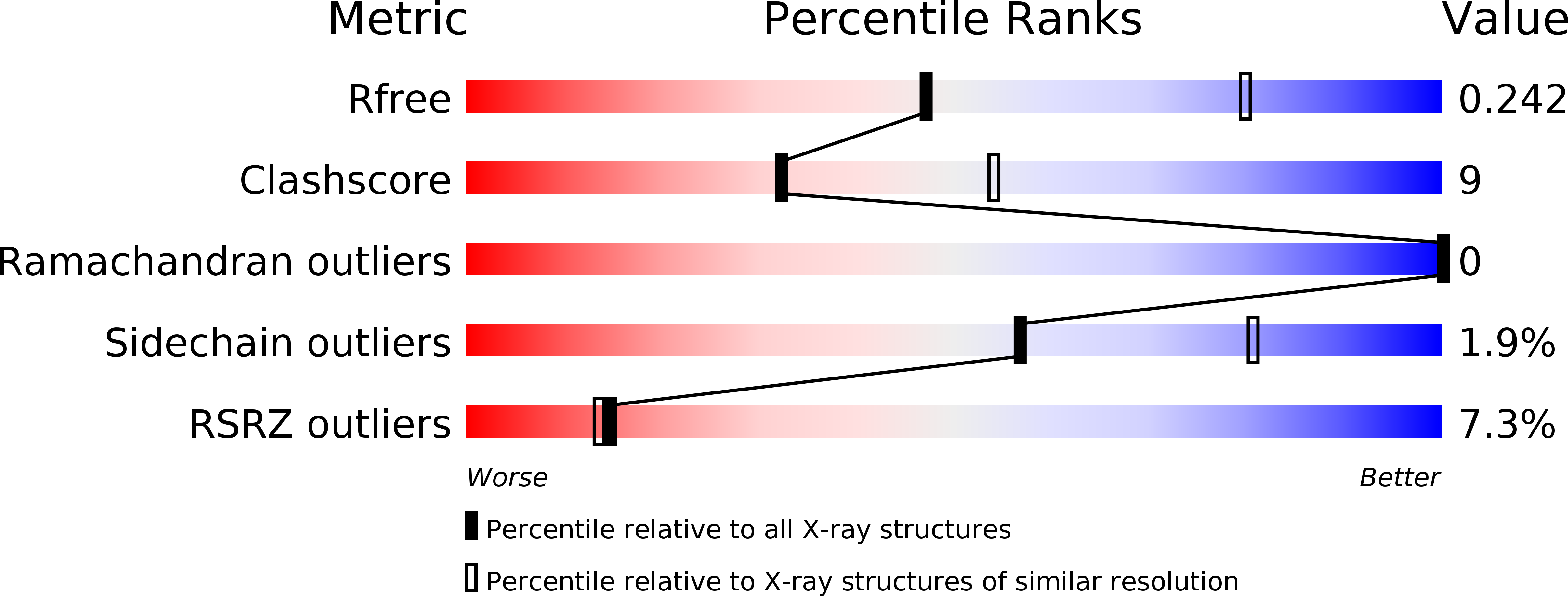
Deposition Date
2012-07-12
Release Date
2012-09-19
Last Version Date
2023-12-20
Entry Detail
PDB ID:
4B27
Keywords:
Title:
Trp RNA-binding attenuation protein: modifying symmetry and stability of a circular oligomer
Biological Source:
Source Organism:
BACILLUS SUBTILIS (Taxon ID: 1423)
Host Organism:
Method Details:
Experimental Method:
Resolution:
2.72 Å
R-Value Free:
0.24
R-Value Work:
0.20
R-Value Observed:
0.20
Space Group:
P 21 21 2


